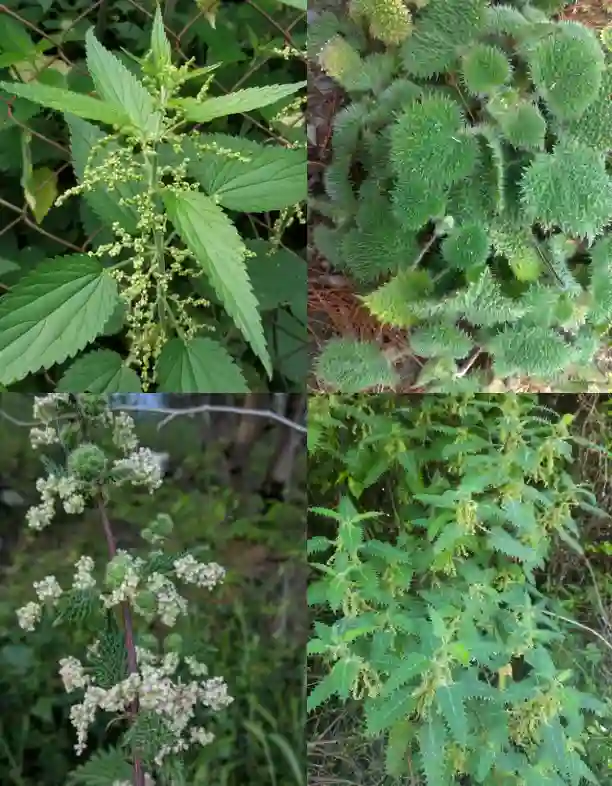
Furcraea Foetida: A Striking Succulent with a Twist
For lovers of bold, architectural plants, Furcraea foetida, also known as Mauritius Hemp or Giant Cabuya, is a captivating addition to the landscape. Its spiky, sword-shaped leaves radiate outwards, forming a dramatic rosette that can reach impressive heights. But before you rush out and snag one for your garden, there are a few things to consider, especially if you live in California.
What is Furcraea Foetida?
Furcraea foetida is a succulent perennial belong to the Asparagaceae family, native to the Caribbean and northern South America. A close relative of the agave and yucca, it boasts a similar architectural form with stiff, spiky leaves. However, unlike its more common cousins, Furcraea foetida is monocarpic, meaning it flowers only once at the end of its lifespan. This spectacular floral display produces a tall stalk topped with clusters of white or yellow flowers, a sight that can be quite breathtaking. Following flowering, the mother plant dies, but fear not, it often leaves behind pups – baby Furcraea foetida – to carry on its legacy.
Plant Family: 119 Genera in Asparagaceae
How to Care for Furcraea Foetida?
This low-maintenance succulent thrives in warm climates with plenty of sunshine. When planting Furcraea foetida, choose a location with well-draining soil. Amending your planting hole with sand or gravel can help ensure proper drainage. Once established, Furcraea foetida is quite drought tolerant and requires minimal watering, making it a perfect choice for water-conscious gardeners.
How to Propagate Furcraea Foetida?
As mentioned earlier, Furcraea foetida reproduces through pups that emerge at the base of the mother plant. These pups can be easily separated and transplanted to create new plants. To propagate, simply remove a pup with a sharp knife, ensuring it has a good root system attached. Allow the cut end to callous over for a few days before planting it in a well-draining potting mix.
Is Furcraea Foetida Invasive in California?
This is where things get interesting for California gardeners. While Furcraea foetida is not considered widely invasive in the state, it has the potential to become a problem in certain areas. Its fast growth and prolific pup production can crowd out native vegetation, particularly in coastal habitats.
What to Plant with Furcraea Foetida?
Due to its spiky nature and large size, Furcraea foetida is best planted as a solitary specimen or as a focal point in a mixed border. For a complementary yet contrasting look, consider pairing it with low-growing, flowing plants like ornamental grasses or creeping sedums. Cacti and other succulents also make excellent companions, creating a visually cohesive and low-maintenance desert-inspired landscape.
Final Thoughts on Furcraea Foetida
Furcraea foetida is a visually stunning succulent with a unique life cycle. With its low-maintenance needs and architectural form, it can be a valuable addition to the right garden. However, for California residents, it’s crucial to be aware of its potential invasive tendencies and choose planting locations carefully. If you’re unsure, consult with your local nursery or cooperative extension office for guidance specific to your region.
If i die, water my plants!



